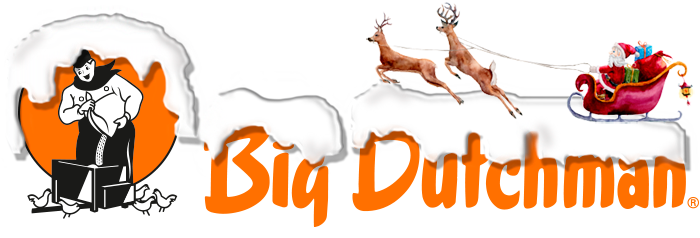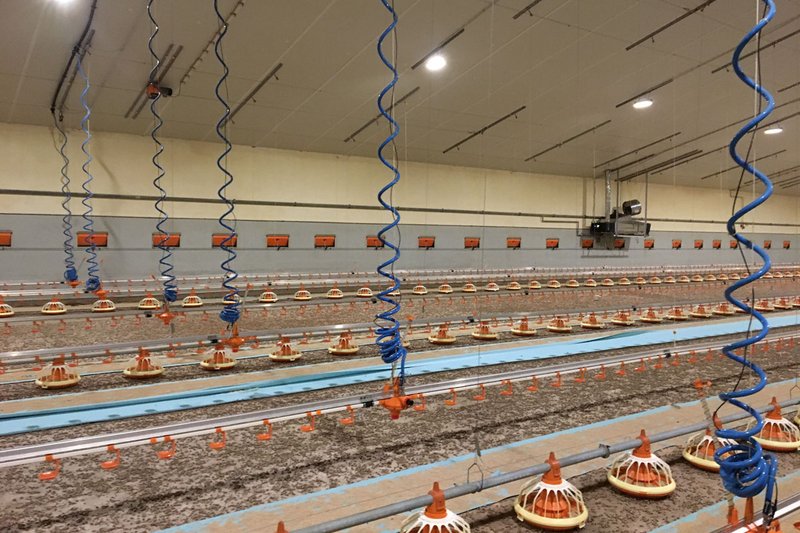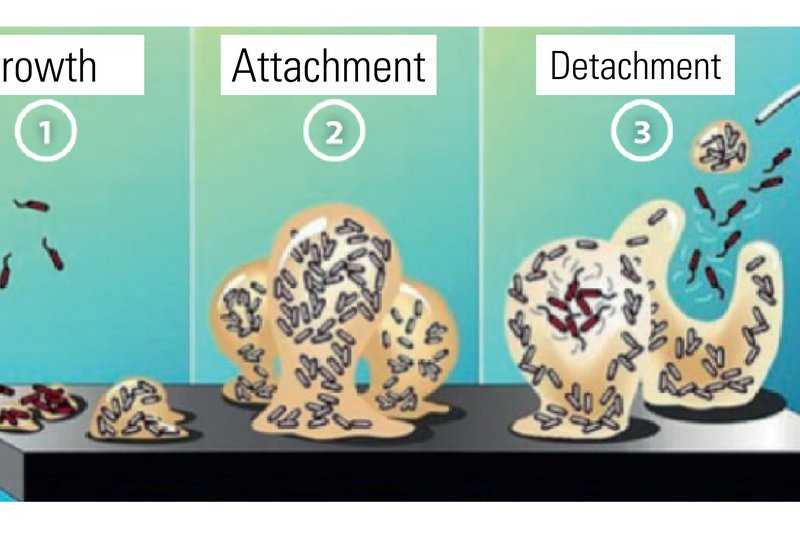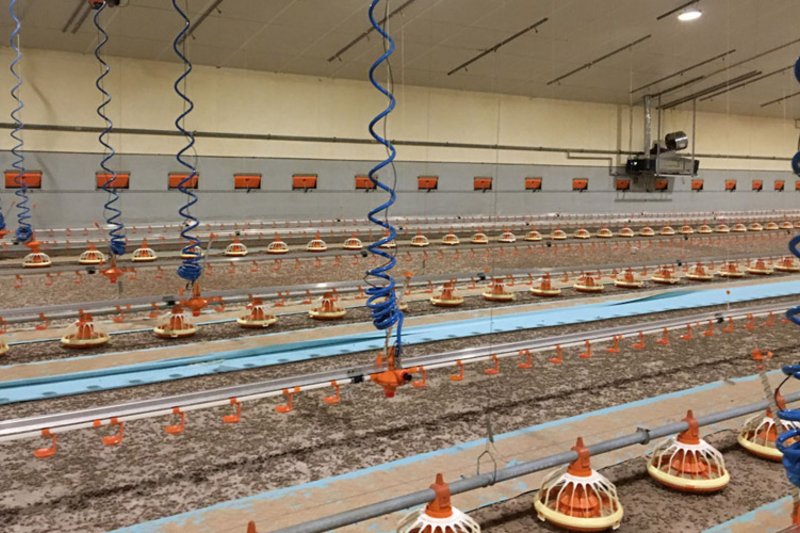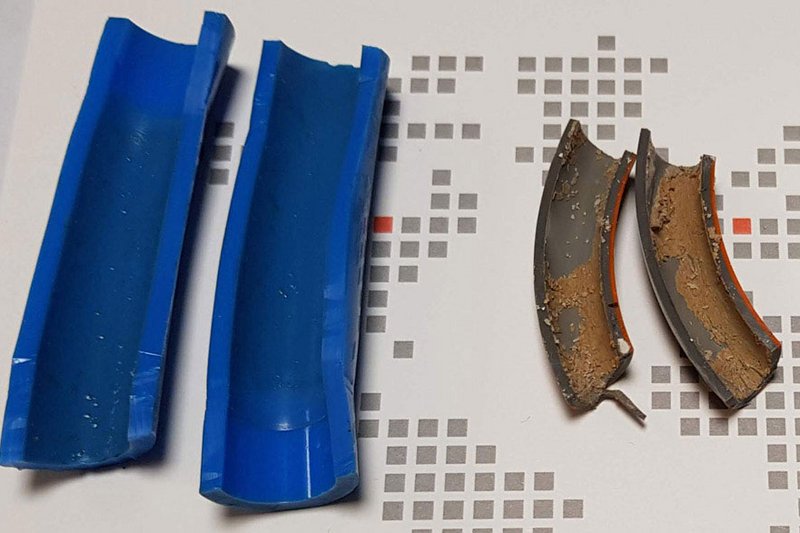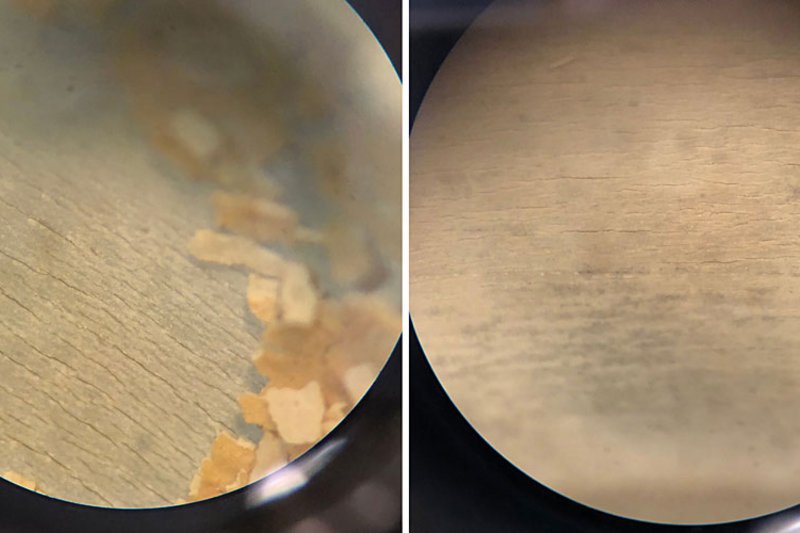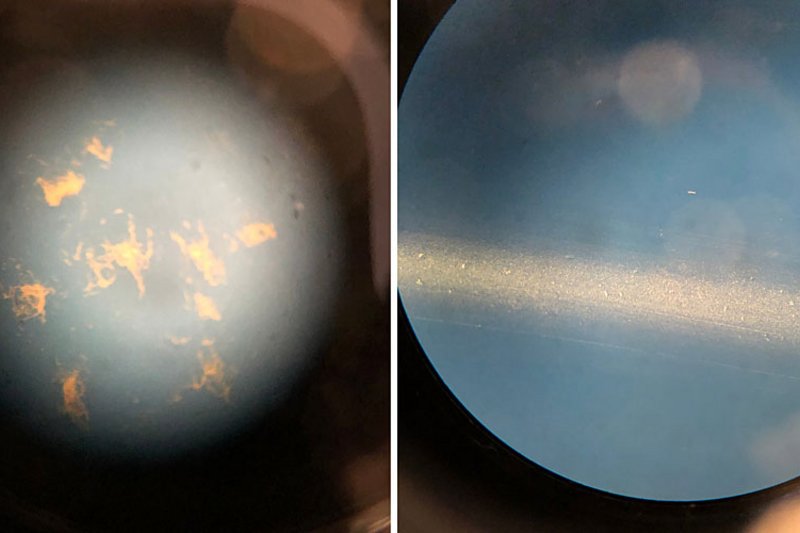Hygienically clean water is essential in poultry growing. Farmers report that cleaner drinking water increase their birds’ performance, with measurably better results, and that the effect on the birds’ health is also positive. The reduction of biofilm should therefore be an important goal.
Biofilms
Livestock producers often use well water, which contains organic and inorganic suspended matter as well as a part of the soil’s natural microflora. Poultry managers therefore deal with a mixture of different algae, yeasts, fungi, bacteria and other microorganisms in the drinking water. Another source of contamination is the introduction of microorganisms when the birds touch the drinking nipple.
Microorganisms adhere to surfaces in water within just a few minutes. The microbes’ metabolic products are excreted into the extracellular space, allowing the construction of a three-dimensional structure. Microorganisms are released and settle elsewhere. This process continues arbitrarily so that the microorganisms spread in the water line (fig. 1).
Risk factor PVC hose
In a poultry growing house, an elevation difference of three to six meters must be compensated between the central water supply, which is suspended under the ceiling, and the drinker lines, which are laid close to the floor. Height adjustments during the batch and in the service period are therefore only possible when the line contains flexible parts. Considering the entire water supply system, these parts make up about three to four percent of the total system length.
The standard component is a polyvinyl chloride (PVC) fabric hose with a plasticised inner surface, as used in private gardens. This choice seems obvious, since all water-carrying components from the water connection unit to the nipple drinker are made of this material. But: not all PVC materials are the same. The hygienic aspects of PVC-U (hard PVC), the material used in these components, differ considerably from those of PVC-P (soft PVC) hoses.
PVC hoses are very popular because they are resistant to acids, lyes and many chemicals.
Microbes destroy PVC hoses
However, the colour of PVC hoses fades over time, and they harden and become brittle. Causes include UV light and temperature, pressure and air/water fluctuations – as well as microbes.
A first indicator of damage are changes to the surface colour. Small cracks form, allowing microbes to penetrate the material even deeper. Visible results are a loss of rigidity and increased brittleness. Depending on their use, the hoses are often damaged beyond repair after a short period of time.
The reasons are obvious. Hoses are installed directly before the drinker line and thus permanently located in the warm bird area. This leads to increased contamination in both directions: When germs enter the line after a bird uses the nipple drinker, they only need to cover a short distance in opposite direction of the flow. Germs that are introduced in flow direction multiply directly before the drinker line and need only cover a short path to the broiler’s beak.
In a traditional water supply system for a broiler house, hoses account for only about four percent of the total system length. Nevertheless, their impact on hygiene cannot be overestimated.
PUR as an alternative
An alternative material is polyurethane (PUR). This plastic is resistant to the effects of the weather and has a high chemical resistance. In addition, PUR hoses are very flexible.
More advantages:
- smooth surface structure;
- extremely high resistance to microbes;
- harmful substances cannot escape (confirmed by certification according to EU regulation 10/2011).
Long-term testing
PVC or PUR? A broiler farmer from Lower Saxony, Germany, has investigated the question. The trigger: a service appointment in late summer 2016, during which part of the PVC hoses had to be replaced because of material fatigue. From the farmer’s point of view, the change took place far too early. He therefore decided to test a PUR spiral hose on his farm (fig. 2).
Two and a half years after installation, the lines were opened at the coupler to the pressure reducer in February 2019, on day 14 of the current batch. A section of the pipes was removed to inspect the inside.
The result (fig. 3): The pale grey colour of the PVC hose indicates that the surface structure has corroded and changed. The PUR hose shows only a thin biofilm layer that is hardly noticeable.
A look through a microscope (fig. 4) confirms the suspicion: the PVC hose has numerous microcracks. With such a surface structure, thorough cleaning and disinfection are virtually impossible. The cracks provide the microbes with a perfectly protected habitat without any water movement.
The PUR spiral hose, in contrast, does not show any structural surface changes (fig. 5). Even after thorough removal of the residual biofilm, no microcracks or other changes are visible. The surface of the PUR spiral hose is thus less susceptible to biofilm.
Conclusion
Consistently implemented hygiene concepts significantly improve the quality of drinking water. In case of issues, we therefore recommend checking the hoses following the motto “small cause, big effect”: seemingly inconspicuous components might play a significant role.
Author:
Timo Rothstein, Big Dutchman
